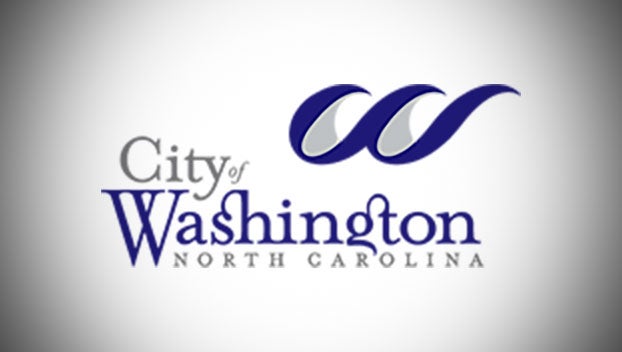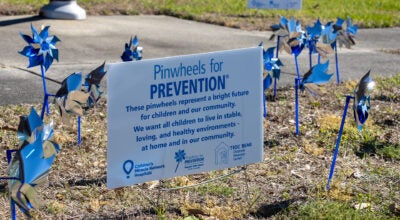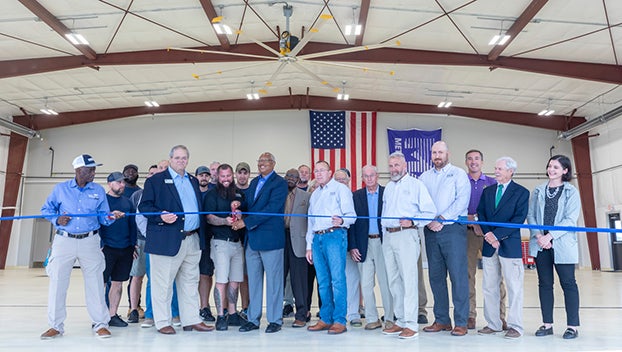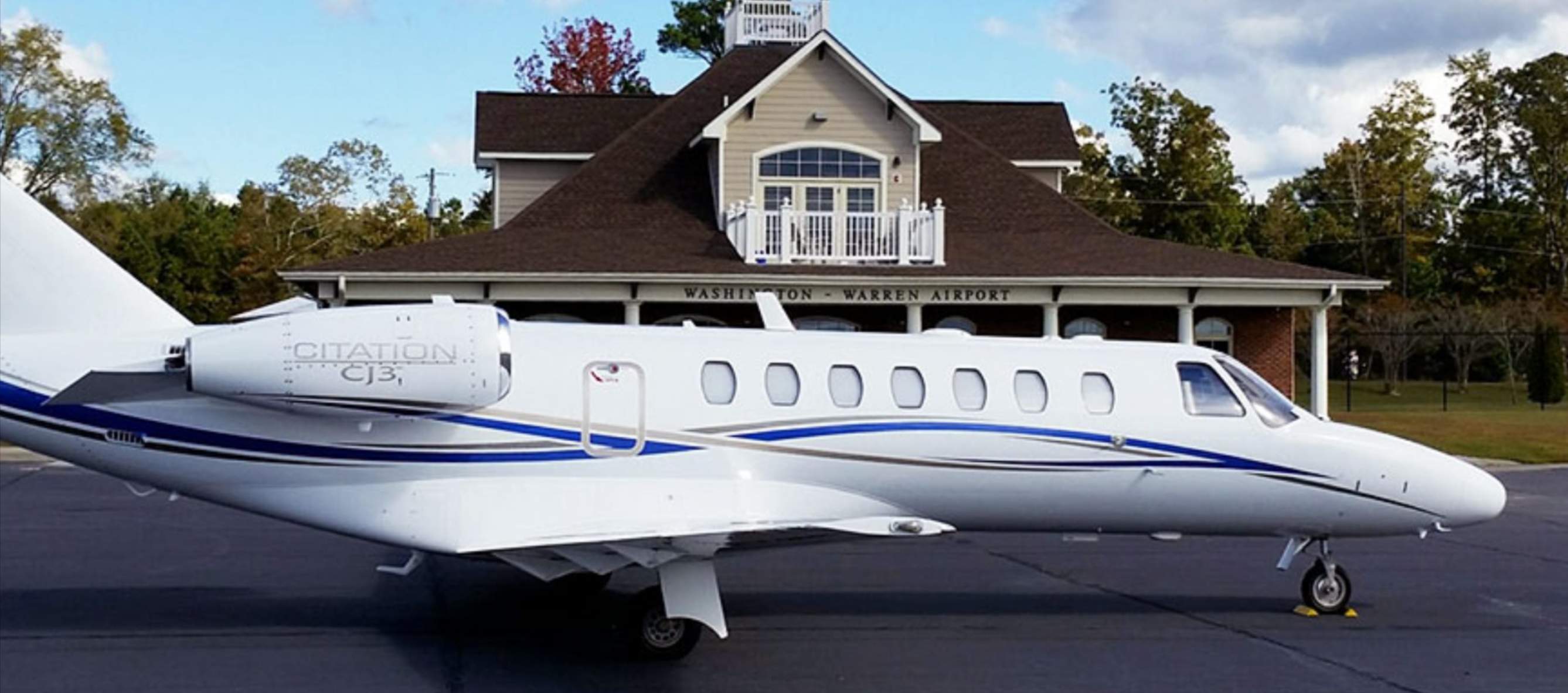New Crab Park brings art to Stewart Parkway
Published 6:18 pm Tuesday, July 12, 2016

- CULINARY KING: Craig Crab-borne, created by Washington artist Jeffrey Jakub, is among the crabs at Crab Park.
There’s Havens Gardens. There’s Bug House Park. There’s Beebe Memorial Park. There’s even an off-leash dog park. Most area people know about those parks in Washington. What about Crab Park?
Crab Park doesn’t come to mind? That’s understandable because it’s Washington’s newest park, and one of the city’s smallest parks. Crab Park is at the western end of Stewart Parkway, where the former dockmaster’s station was located. Crab Park gets its name from the four giant, fiberglass crabs along its eastern perimeter.
City Manager Bobby Roberson is being credited with developing Crab Park, which has its roots in a movement to make entrances into the downtown area more appealing.
“One of the things we had hoped to do at the very beginning was to improve the entrance into the central business district of off (U.S. Highway) 17. I noticed that the subject property over there, based on plans we had by LandDesign, et cetera, that there were several different concepts on how to do it,” Roberson said. “I noticed that the crabs — some of them were taken. We could not find them. Some of them were taken as collector items. We decided in order to sort of keep a visual eye on them was to put them up in a central location so that people would turn and go on Stewart Parkway they would have an opportunity to look at it.”
Roberson said he’s noticed that since the first four crabs were placed at the park, children have been looking at them and playing around them. As the city acquires more of the crabs, they will be displayed at the park. But adding more crabs isn’t the only plan for the park.
“That open space over there, we’re going to improve it,” Roberson said.
Plans call for a “gazebo concept” for part of the park. Picnic tables from other areas of the city will be relocated to the park, he said. Funding for a fence to separate the park from some of its neighbors is in the city budget this year.
The city plans to market the park as a venue for events such as small weddings or family reunions.
“We decided to set it up to put all the crabs in a central location for everybody to seem them. They’ve been out for a number of years, and we felt like we need to maintain them,” Roberson said. “We have received a lot of positive comments about it.”
Roberson said the addition of more crabs at the park wouldn’t take place until the Washington Harbor District Alliance relocates its Farmers’ Market, which has been located at the western end of Stewart Parkway for several years.
“In the fall of this year, we’re going to try to line up that area with the crabs,” he said.
The park could be considered a retirement home for the crabs, Roberson said.
Earlier this year, the City Council approved a fee schedule for use of Crab Park. City residents would pay $50 to use the park for four hours, or $75 a day. Non-residents would pay double those fees to use the park. All users would pay $25 a day for electricity.
In 2006 and 2007, there were 32 giant crab sculptures decorated by local artists on display throughout the county as part of the Crabs on the Move project, a public-art project started by the Pine Needles Garden Club, with help from the Beaufort County Arts Council, now Arts of the Pamlico. Also assisting with the project were the City of Washington, Downtown Washington on the Waterfront (now Washington Harbor District Alliance), Partnership for the Sounds and Washington Tourism Development Authority.
There were four in Belhaven, one in Pantego, one in Aurora, one in Bath, one in Chocowinity and the others were scattered throughout Washington.
Of the 32 crab sculptures, many were adopted by their respective sponsors and were displayed. Each sponsor paid an adoption fee of between $500 and $1,000 to keep its crab. The adoption fees went directly to the local charity of the sponsor’s choice.
The crabs — 6 feet long, 6 feet wide and made of fiberglass — have become more than one of Washington’s identifying symbols.
The crab located in Bath was “crabnapped” on a Saturday but it was recovered from Back Creek the next day.
Images of some of the crabs may be found on websites such as photobucket.com, roadsideamerica.com and waymarking.com.






